The secrets of how classics like Bioshock come back to life, from the studios who specialise in HD remakes
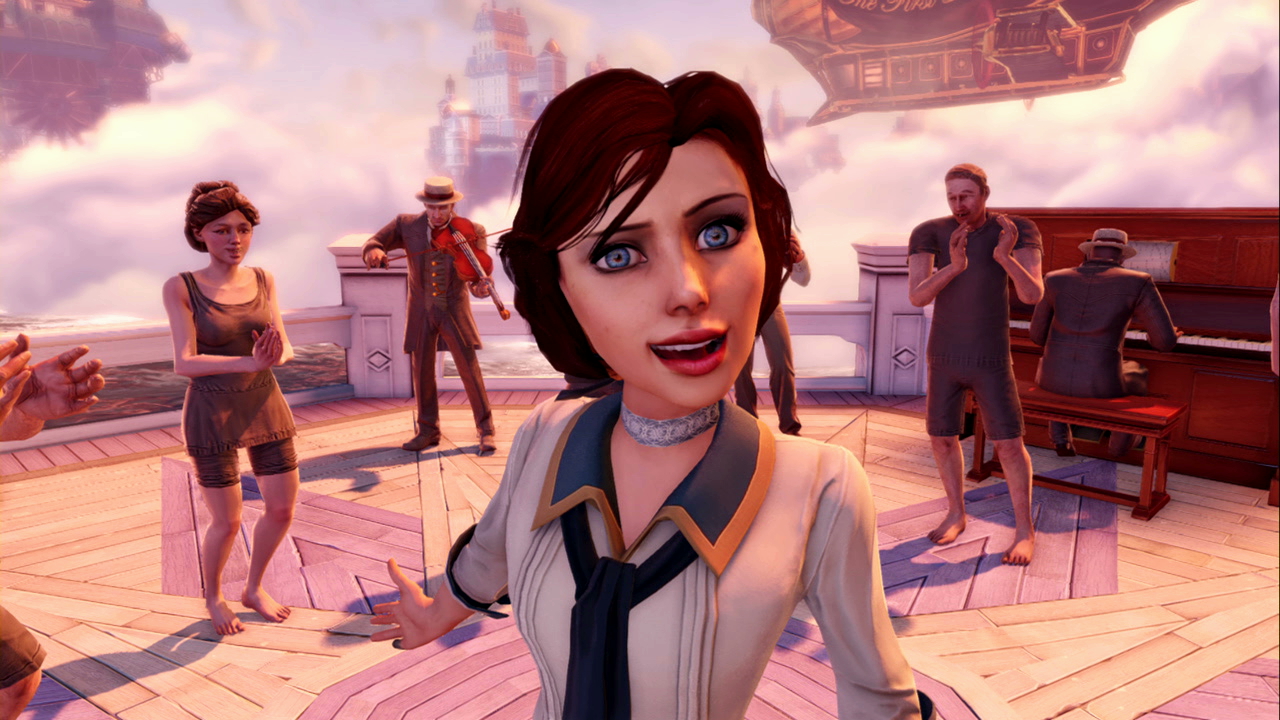
High-definition remakes and remasters have become commonplace. From The Legend of Zelda to Halo, Uncharted to the recent Bioshock Collection, myriad game companies are reviving old titles; updating them to work on new hardware with revamped graphics. And while some fans may bemoan this and see HD conversions as a way for developers to simply pad release schedules, the technical process can present many challenges, leading to projects that aren't necessarily easy, and also aren't just thrown together quickly, either.
GR+ talked to three different studios that work on bringing various games up to HD standards or to different consoles, and in doing so took a look at their various philosophies, techniques, as well as the technical hurdles, that all go into pulling games from the past into the shinier future. It isn't as easy as it looks, folks.
Around the CPU with Armature
Jack Mathews, co-owner and technical director of Armature Studio, gives a simple answer when asked if HD remakes are as easy to make as some fans believe: "No." Armature Studios – the team behind the recently released ReCore – also handled the Metal Gear Solid HD Collection for PlayStation Vita, as well as Borderlands: The Handsome Collection.
"It's really fun to see the outcome," Mathews says. "It's really fun to take an old game you love and to see the ability to do it, to see it there." In a perfect world, the team first has to get the original game data. And therein, sometimes, lies the rub: on older titles, game companies weren't always the best at having the source assets be the same as the final, shipped disc. For Metal Gear Solid, for example, the data that Konami sent was different than the retail disc version.
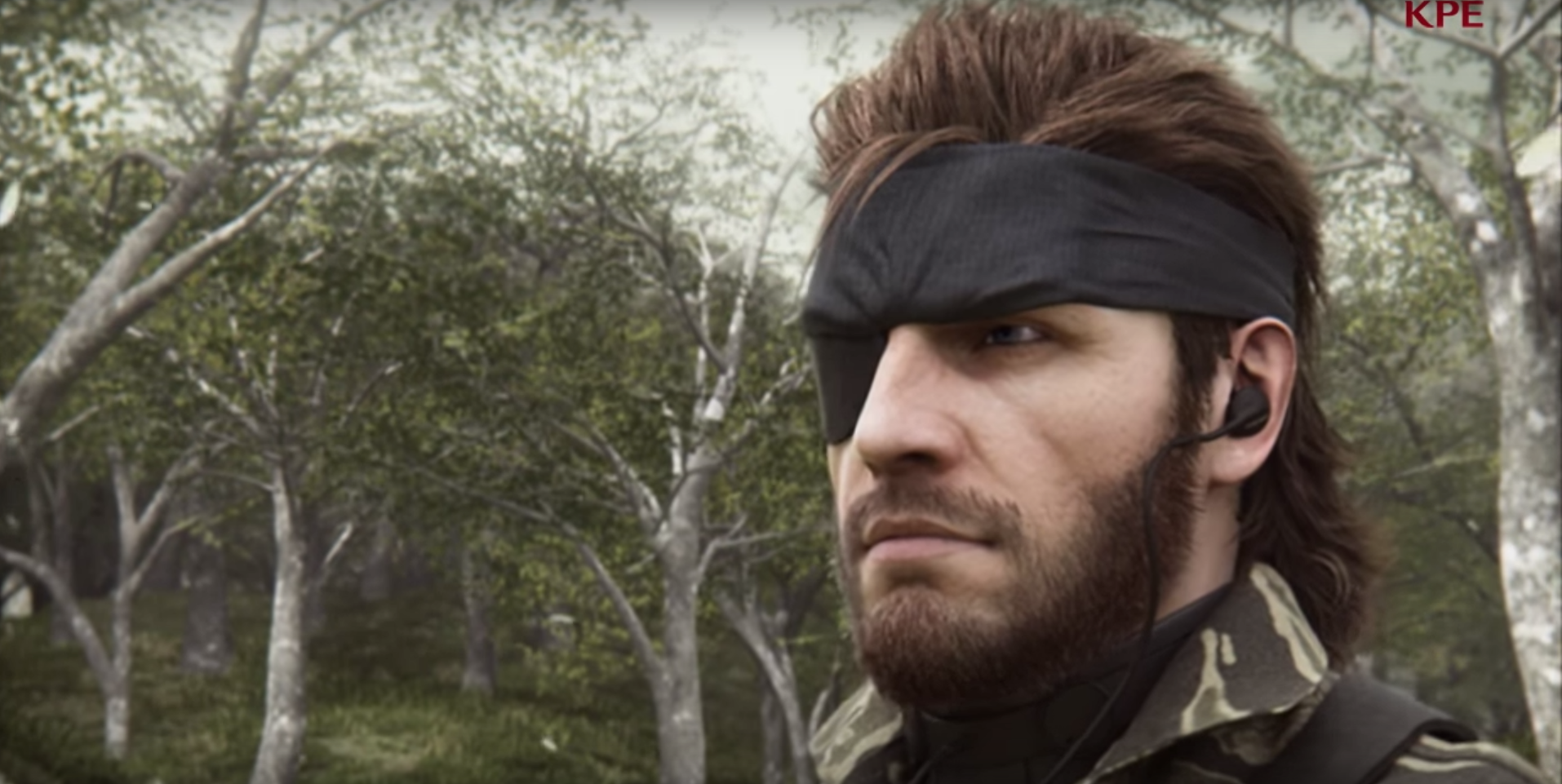
To start the project, the team had to actually unencrypt the old PS2 – only to then learn that the various regional versions of the game data were all different, as well. "So, it's fun little surprises like that," Mathews says. After securing the correct assets, then it comes down to "as much hacking and slashing as we can to get something to run on the target platform."
Of course, with any gaming project, there are always variables. Remakes do tend to take less time than building something from the ground up, but that time can vary depending on how much work is done, such as if the original art is redone, up-rezzed, or kept as is. Most developers also tend to want to be hands off with such projects, as well. "They want you to do your job, and then they look at it, approve it, and it's done."
This isn't always the case, however. Konami was " extraordinarily hands-on" when Armature worked on Metal Gear, to make sure that every change – there are fewer buttons, and no pressure sensitive ones, on the Vita – was something that Hideo Kojima would be okay with. During the final weeks of the project, one of Komani's producers actually slept at Armature's office. But for most titles, heavy handed developers aren't the norm, instead taking a back seat and looking at and approving builds.
"I feel like I'm not doing my job if I'm constantly emailing someone asking them a question about something… [from] 20 years ago," Mathews says. "I try to be as turnkey as possible." For titles being remade, one area of fan debate is the amount the original game is changed in ways that go beyond just the aesthetics.
"I tend to want to keep everything as much unchanged as humanly possible, and only change them if we have to," Mathews says. But again, on some games, like Metal Gear, that isn't possible. "They used every part of the buffalo on those games with the controllers, and it physically could not be done. There were a lot of painful decisions."
The team tried various options – such as using the back touch on the Vita, something that never felt right. Some areas, like when you used the L2 button to open and close Snake's eyes, had to be mapped to the touch screen, given the lack of such controls options on the Vita. But mostly, the team hopes to "do as little as possible so that you retain the spirit of the original."
"I think people are just happy to be able to play their games again," Mathews says. "That's actually one of the reasons I want to change as little, because I feel like the more you change and the more you try to put your sort of spin on it the more you alienate people. I mean, that's not what they paid for. They want to feel like they played the same game they played before. Plain and simple."
Sign up to the GamesRadar+ Newsletter
Weekly digests, tales from the communities you love, and more
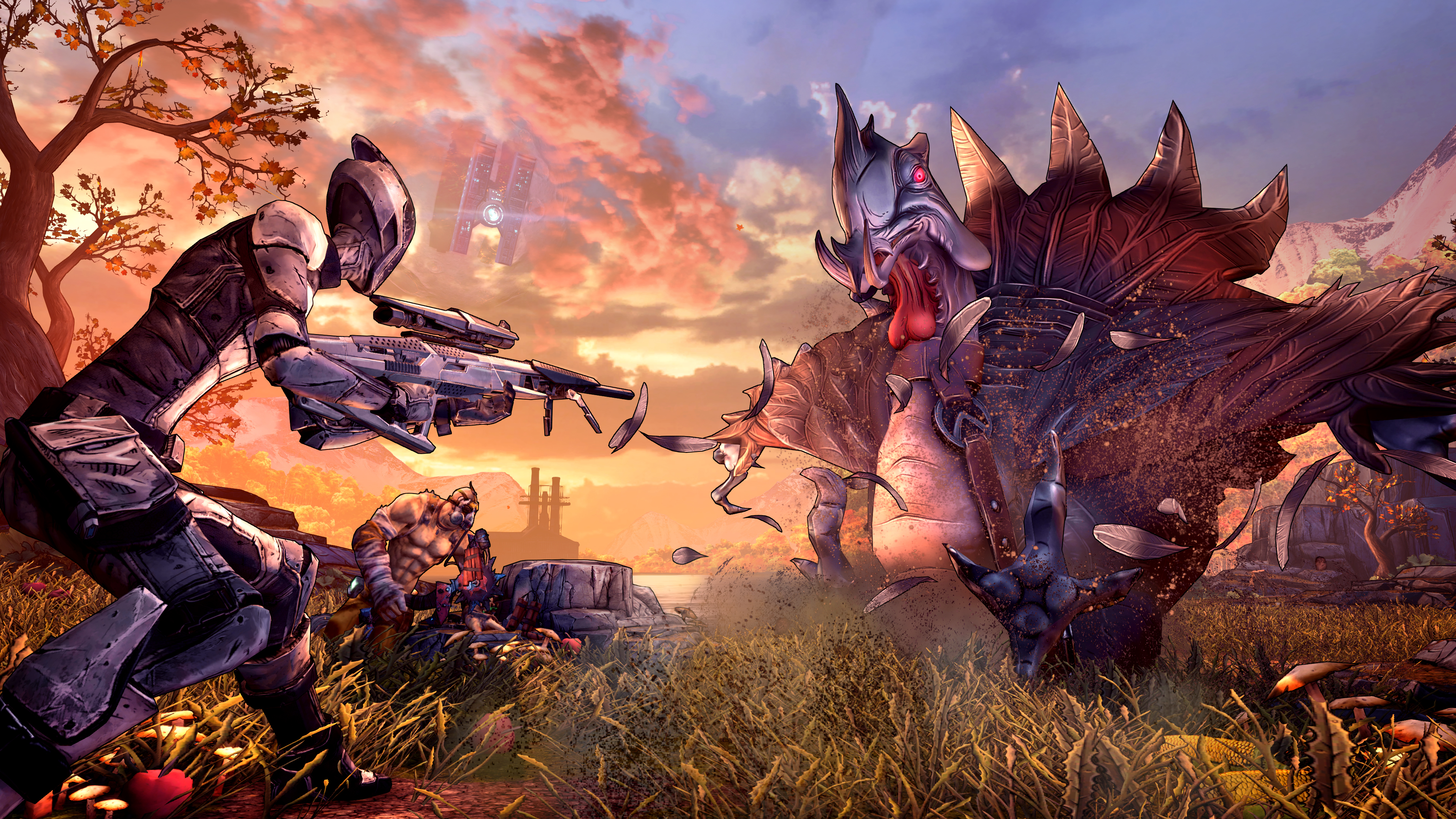
For Borderlands, the technical challenges included figuring out the first-party matchmaking APIs. PS4's APIs weren't changed much – "there were enough differences to be annoying" – but for the Xbox One, all of the lobby, network, and matchmaking APIs had to be rewritten (Iron Galaxy Studios handled most of the work on the Xbox One version of that game).
And while some people may think that going to four player split-screen is a simple addition, it created its own problems. Fonts needed to be changed, the UI for Claptrap – who could access the powers of all the other characters – had to be redone to work with the four split-screen windows, and engine optimization was necessary for the CPU and GPU to be able to handle the resolution jump and the additional screens. "So, like, a lot of found work for something you would think would be a simple feature," Mathews says.
The team also ran into problems with Metal Gear 2. When using grenades, the Vita version's performance would suffer, because the original game required having 70 screen fills, while the Vita could only do 15. This meant that even if the team kept the visuals at PS2 levels, the Vita still couldn't handle the original game's particle effects. "But it just shows that, you know, different platforms all have their different strengths, that the PS2 stayed a powerhouse even that many years later," Mathews says.
Aside from the nostalgia, there's also a technical reason why the industry is seeing more and more remasters being released. "We've reached the point where we can go back two generations and without giant amounts of work, have the horsepower necessary to be able to emulate the hardware," Mathews says. On top of that, HD remakes are fairly low risk: companies already know how fans received the original, and being older, those same fans are likely to have more disposable income. That only leaves figuring out how much it will cost to re-do the art, placing companies in a position of "pretty much" being able to math out how much they'll make on any given title. "And that's why you're seeing a lot of remakes," Mathews says.
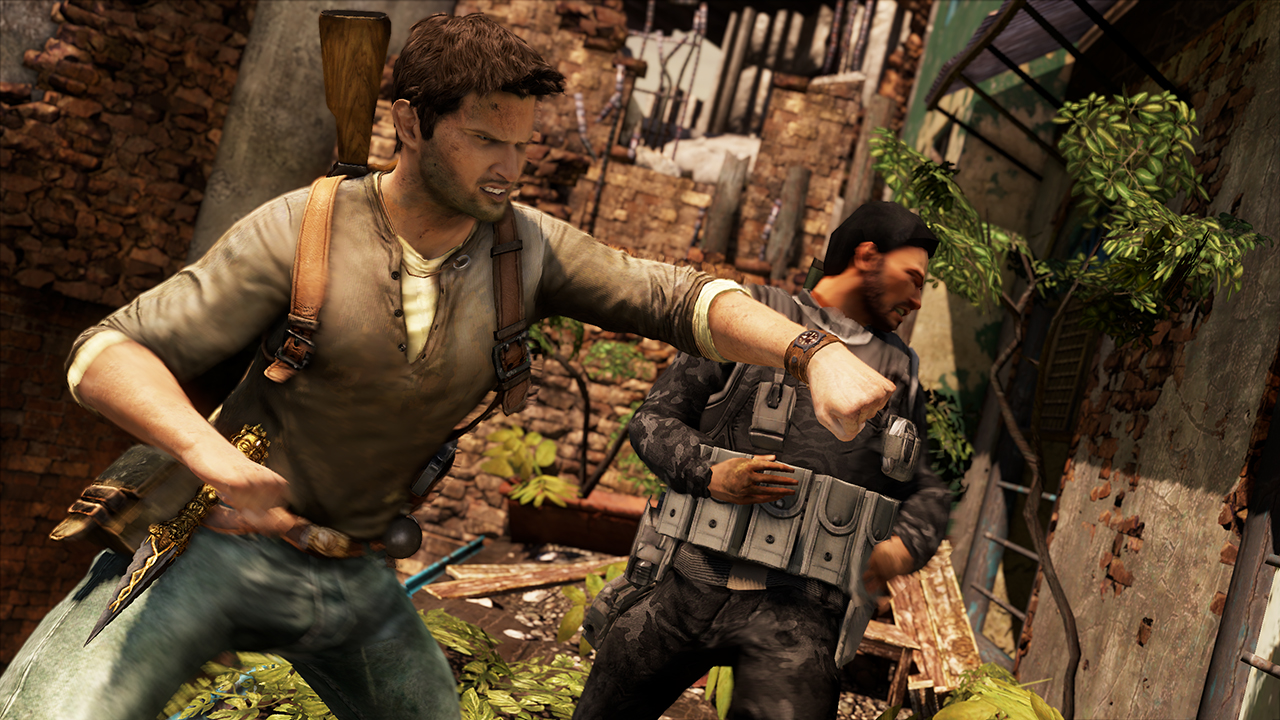
Bluepoint's Uncharted territory
Austin, TX's Bluepoint Games – who share a building with Armature Studios – cut its teeth on PS3-era HD titles such as God of War Collection and The Ico and Shadow of the Colossus Collection, and last year released Uncharted: The Nathan Drake Collection for PS4. "It’s relatively easy to just do… something," Daryl Allison, senior producer at Bluepoint Games tells GR+. "An engineer can convert code and data to get a game ported and running on a new platform. Certification blocking bugs can get fixed and it’ll get released. Sure, if the hardware can support a higher resolution, then making some changes to render more pixels doesn’t take much effort and the better hardware may naturally improve performance."
But balancing fan expectations can be tricky. Allison mentioned the now infamous changes to the 1997 special edition releases of the "Star Wars" films as an example of a creator making changes that just weren't accepted by the fandom. "Where we make changes they are always towards making the original experience better," Allison says. "We try to remain allergic to making something different just to be different." And just because something was broken originally, doesn't necessarily mean it needs to be fixed. For example, technical restrictions when developing video games can force teams to be creative in how they structure and put scenes together, and high definition can remove the player's imagination in filling in those gaps.
"There’s no excuse for a remaster to provide a lesser experience," Allison says. "Fans have every right to be pissed if new bug[s] are introduced and degrade the experience of what is supposed to be a superior version." There's also the issue of how to handle such bugs and exploits. For Uncharted, Bluepoint purposefully left in exploits that speedrunners could take advantage of – and added in new ones. The development process took around 16 months, including reading fan forums and bringing in changes that Naughty Dog themselves asked to be made.
Allison also mentions how one reason the original Uncharted titles were as good as they were was due to their handling of "very specialized" SPUs, but that in turn led to a "lengthy process" to get each of the titles in running on PS4 hardware. "As you can imagine, a game has to be up and running before we can start to remaster it, so an unexpectedly large portion of the Uncharted Collection project consisted of simply getting each game to the point where we could start enhancing," Allison says. Bluepoint also had to hunt for game data that wasn't in the archive – a process that Allison estimated took part over the initial nine months the team was working on the game, with some audio data taking even longer.
Then there was bringing the gameplay of the three different games up to snuff. "Graphics are one thing, gameplay is another," Allison says. "At each gameplay encounter, whether it be a puzzle or action sequence, understanding how the original designer wanted the player to feel is as important as the nuts and bolts mechanics of that moment."
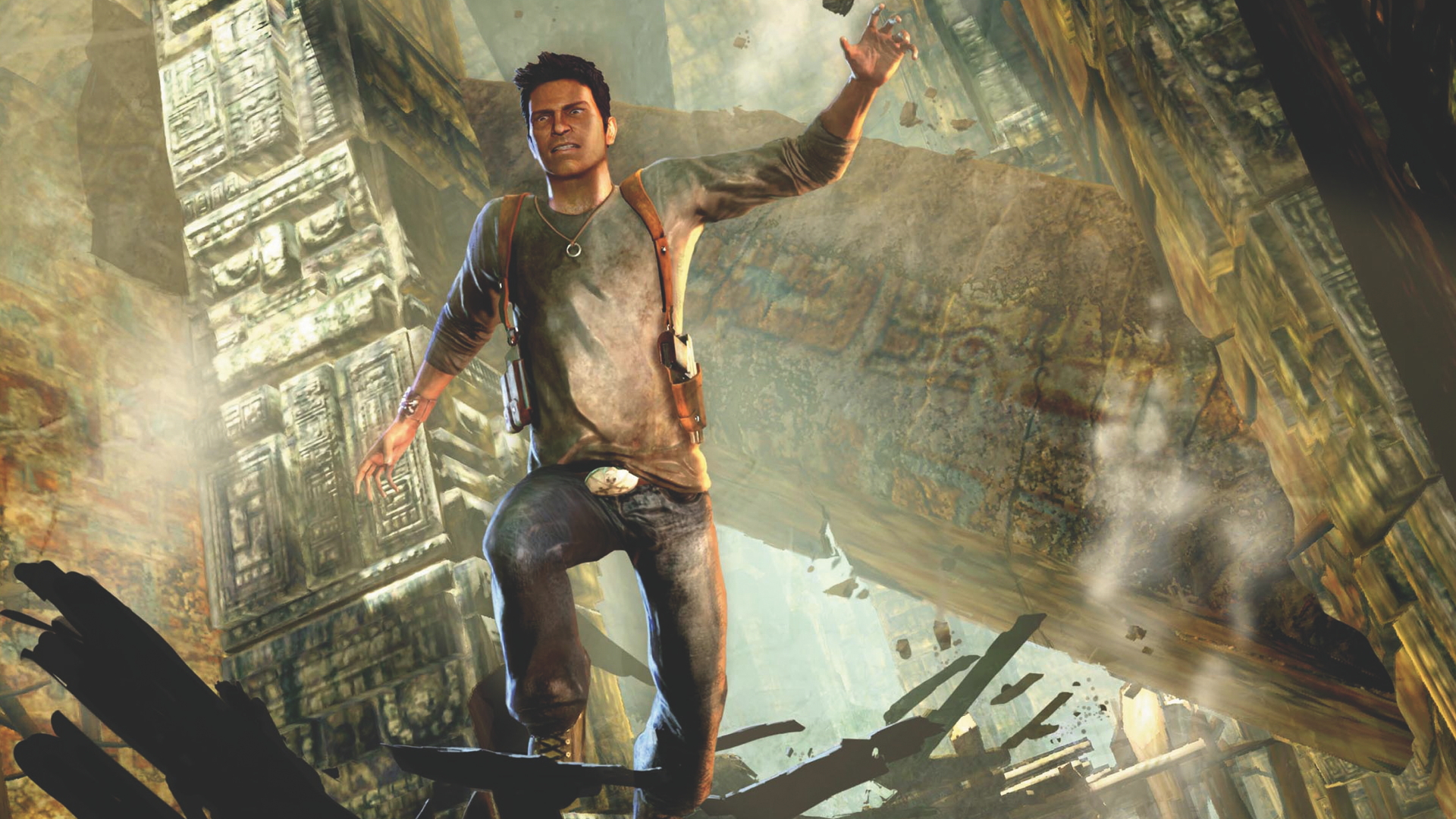
Drake's Fortune's gameplay, in particular, was "the biggest undertaking," as the team had to "engineer new solutions" to make it feel in line with the gameplay of the later two titles included in the collection. "The whole point of a remaster is excellence, taking something that was already great and making it even better," Allison says. "There are no excuses for anything to take a step back. To the point of 'is it really as easy as most think,' achieving excellence in any field is not a simple feat."
It wasn't only Uncharted that found the path between consoles to be a slippery one. For the PS4 version of Flower, the team actually brought it over to PS Vita first, helping alleviate the eventual transition from PS3 to PS4. "Unweaving games designed for PS3 and getting them onto PS4 is a challenging task," Allison says. In the same way that two individuals may get different meaning from the same words, identical code compiled for a different hardware architecture can result in differences. "Some of the visual effects in Flower were based on the PS3’s nuances and getting that code running on the PS4 ranged from not feeling right to being flat out broken," Allison says.
Once Flower was working on a PS4, the team then had to address other issues, such as low-resolution details that were now sticking out, draw distance, and grass density. “Honestly, the trickiness in this respect is in the earlier phases of getting it right on the new hardware,” Allison says. “Making sure we keep the mood as we enhance, and seeing the original vision in richer detail, is the fun part.” And while some may criticize remasters as being too much a play on nostalgia, they also can be seen as a way to help more green developers.
"It also doesn’t hurt to keep new developers honest if old games with a bit of polish can still hang with their new ones… New creators need to be fresh and innovative," Allison says. "Keeping classics relevant, a reminder of what has already been done and what works well only helps inspire the next generation of creative talent to push further or in new directions."
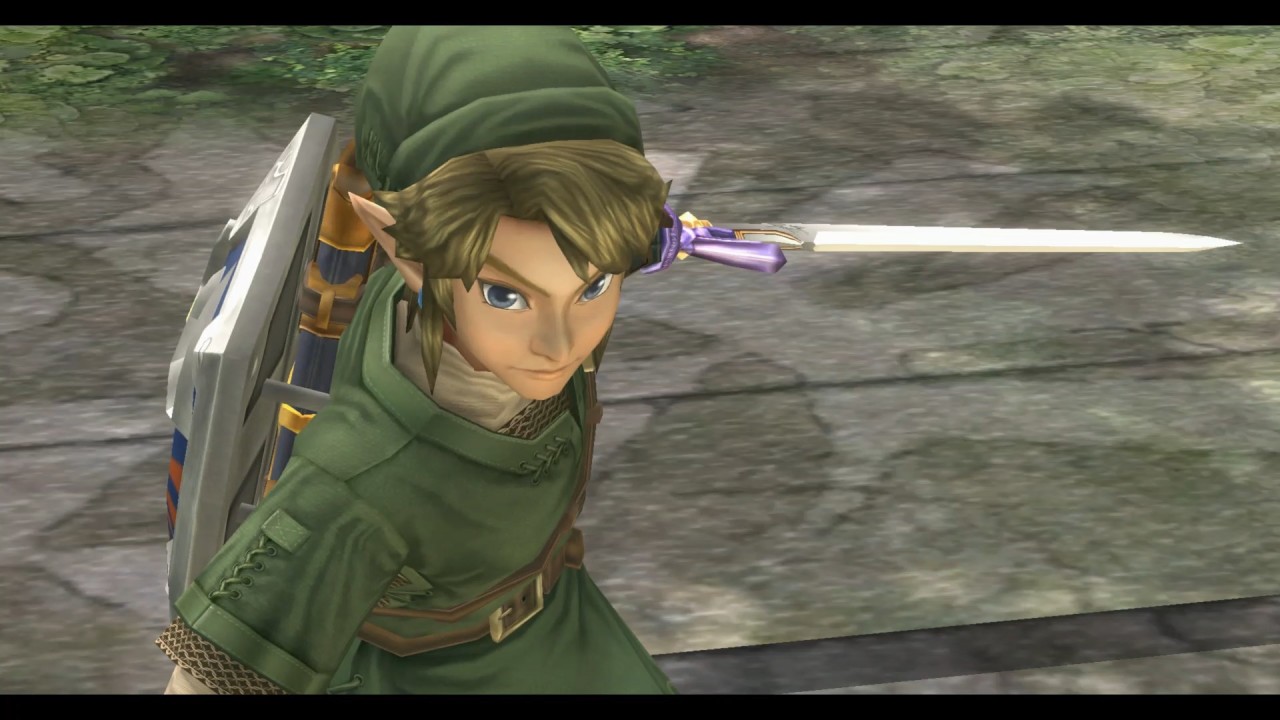
Getting technical with Tantalus and Straight Right
Melbourne Australia's Tantalus Media has been in the industry for 22 years, most recently working on The Legend of Zelda: Twilight Princess HD for the Wii U, and under its sister label, Straight Right, other Wii U ports – including Mass Effect 3: Special Edition, and Deus Ex Director's Cut.
"We challenge… our teams internally to give gamers a reason to buy our version, even if they already own the original," Tom Crago, CEO of Tantalus Media and Straight Right, tells GR+. "That’s a tough ask, but I know a lot of people will play through our game, having already completed the original some years before. That’s pretty gratifying."
One of the initial challenges for any such project is getting a grip on exactly how the original studio built a game. There's no standardized set of rules for how studios set up code or tool chains, and often the original developers weren't building the game with the plans for it to shift platforms later on. A lot of work can go into a project just to get the game compiling. "The technical challenges are significant, and a lot tends to come together late in the development cycle," Crago says. "Publishers get nervous when you can’t send them a demonstration of the game running at a respectable frame rate, and with ports that can take a while. Oddly, managing expectations can be more challenging with conversions than on original games."
For Zombi – originally the Wii U game ZombiU – the whole process took roughly a year (for three versions: PC, Xbox One, and PS4). The toughest technology hurdle was deep in the belly of the beast: switching the code over from 32-bit to 64-bit. The team had to make the tool-chain data work within a 64-bit system, rewrite the pointer arithmetic, and deal with the "headache" that was the internal scripting system. And then there was the visual work. The team didn't have a budget for new art, and had to do a lot of work on the shaders.
In moving from a weaker console to a stronger one, it may seem like you'd always be switching from a lack of features to a wealth of them, yet that isn't necessarily the case. The Wii U version Zombi allowed for reusing shader constants, but given the wealth of shader memory on the PS4 and Xbox One, that isn't a feature their graphics chips support. The best solution to that problem would have been to rewrite all of the shader code, an "unnecessary risk" that the team didn't end up doing.

Instead, it renumbered the constants, putting regularly used ones together to reduce data transfer. This meant, however, that the code now had to properly align the shader registers. And if things didn't line up correctly? Rendering issues, including car windows and the heads of zombies taking on a neon glow. A neat effect, but not something that consumers – or Ubisoft – would have enjoyed seeing in their finished game.
For other games, such as Mass Effect 3 – which took around 14 months – there's also the engine to consider. Unreal Engine hadn't been released on Wii U yet, which means that the team had to port some of the engine on their own. The optimizing process for Unreal to the Wii U took "something like" nine months, for six engineers. The results were worth it, though: the Wii U version ran "on-par" with the Xbox 360 one, and was even faster in others, something that Crago felt was "quite an achievement."
Technical details aren't the only part of the process, however. This was the case for Deus Ex, where the team also tried to mend problems with the original game and retooled the boss fights in line with user feedback. There were also large performance issues – achieving 30 FPS with the deferred lighting engine was a challenge. Deus Ex ended up being a roughly 13 month project.
While some purists may cherry pick complaints about their favorite titles being remade, they are also forgetting one area: people who may not have been around – or even born yet – when the original title came out. "When we love a game, we tend to want to find new ways to enjoy it," Crago says. "Remakes or adaptations provide that opportunity, and they bring a lot of joy to people who are prepared to pour more of themselves into an experience that’s dear to them. They also give a lot of gamers the chance to experience a title for the very first time, and that’s really important, too."
Willie was once a writer and editor covering music and games. He is now the web content manager at Niantic for Pokemon Go. Willie is also a barrel-rider, Reliable Brave Guy (TM), and podcast host at 8 Bit Awesome.



